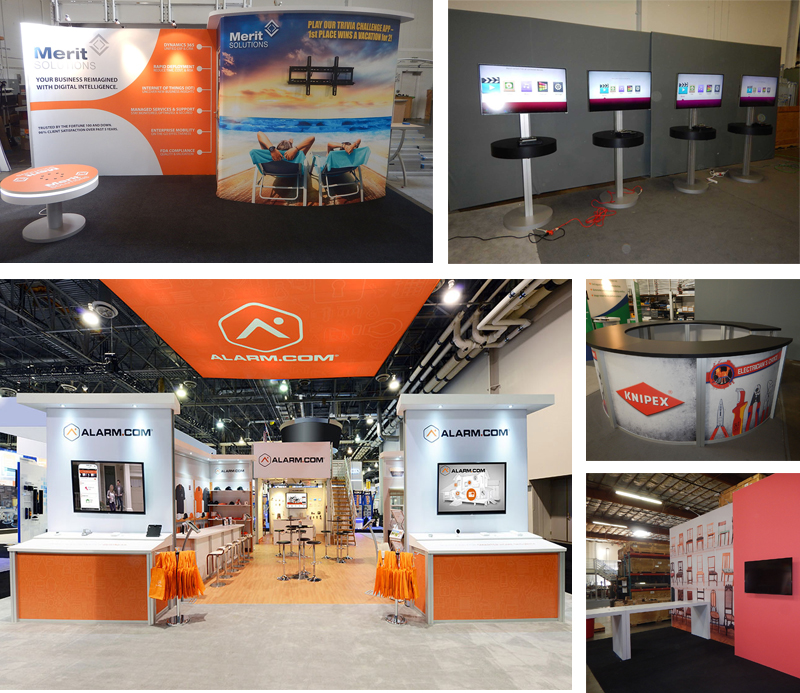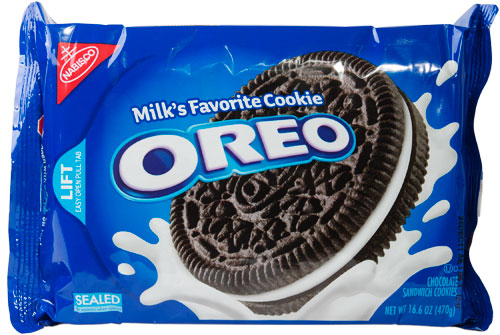Right Sizing Your Company
Let’s say you are a small company. Whatever that means. But you want to appear bigger because bigger is better, right? How do potential customers perceive you when they see your website? What clues do you leave that tell your story and let customers know you are big enough to handle their business, yet still small enough to build a good working relationship?
Why would you want to appear big? Not everyone does. Many entrepreneurs position their company as a boutique business that specializes in working with a very specific type of client.
Perhaps the question isn’t that you should look bigger, but to ensure the right companies find you. Not so long ago, prospective clients would judge you based on size of your brick-and-mortar store and zip code. Then they’d gauge your ability to handle their needs. Sometimes a small neighborhood hardware store with personal service will serve a customer better than a big box store.
Looking Bigger and Attracting Crowds
Perception is everything, especially in the beginning. I’m guessing that 98% of your potential client’s first interaction will be online, even if they’ve gotten a referral. They type in a search term in their browser, look through the first 5 or 6 results, click one, and begin eyeing your website. All assuming you appeared in those search results. Or if they have your company’s name, they’ll search directly for you.
When I first started my website many years ago, I chose not to go the pay-per-click route. Instead, I wanted to share my tradeshow knowledge and the knowledge of others online. Yes, it takes more time, but the results won’t disappear if I don’t feed the PPC meter.
Blogging
One way to appear bigger – to show that you have a larger reach than bigger companies – is to blog. And to do it consistently. Hundreds of people come to my blog, TradeshowGuy Blog, through random searches. The most popular might surprise you. For instance, one of the most-viewed this year is a post on how a SWOT Analysis applies to tradeshows. Yes, strengths, weaknesses, opportunities, and threats. A good 50% are folks outside the USA. Interesting.
The next most popular post is Skills a Tradeshow Manager Needs. Following that is one on how to replace paper at tradeshows using digital technology (a guest post from 2015). Followed by How to Build a Tradeshow-specific Landing Page. Notice anything unique. All are geared to teach specific skills.
With over 700 posts in the past 9+ years, the search engines have archived them all, so random tradeshow-related searches will find them.
Many years ago, I made a commitment to post regularly on a variety of industry topics. The goal was consistency. Write one or two a week and see if it leads to more opportunities. And, it did.
Vlogging/Podcasts
 Each week, I publish the TradeshowGuy Monday Morning Coffee vlog/podcast. While individual podcasts aren’t in the Top Ten, the category is in the Top Five most-viewed. Which means that a specific podcast might not get a lot of views, but people are searching to see what’s been posted recently. Together that tells me three things: the podcast is gaining traction, the time investment is worth it, and each interview builds relationships with interviewees, who are mostly in the tradeshow industry.
Each week, I publish the TradeshowGuy Monday Morning Coffee vlog/podcast. While individual podcasts aren’t in the Top Ten, the category is in the Top Five most-viewed. Which means that a specific podcast might not get a lot of views, but people are searching to see what’s been posted recently. Together that tells me three things: the podcast is gaining traction, the time investment is worth it, and each interview builds relationships with interviewees, who are mostly in the tradeshow industry.
Someone once asked me, “Does blogging, podcasting, publishing a weekly newsletter, posting videos on YouTube channel and spending time on social media actually result in more business?”
In 2016, 66% of our business at TradeshowGuy Exhibits came from people who found me online. In 2017, it was less than ten percent. In 2018, frankly it’s a bit fuzzier. But, when I communicate with potential clients, through cold calling, email, or simply reaching out to folks I know the feedback is always positive when they receive a link to specific post, video, or podcast. Just experiencing the extent of the posts (video, audio, photographic, lists, etc.) provides me with instant credibility. They realize I’m offering expertise and solutions, not just a product.
YouTube Videos
I’ve had a YouTube channel for almost a decade. In the beginning, I had no idea what I was doing other than creating a few how-to videos and tradeshow advice. I didn’t post regularly, and the views were limited. In a sense, that’s still the case, although I create a video version of my podcast and post it as another way to share content.
I believe that creating good content makes the TradeshowGuy Exhibits look bigger, and putting it online makes it easier and more likely for potential customers to find me.
Exhibit Design Search
Frankly, so does Exhibit Design Search (EDS), which is a branded search tool that looks like it’s part of our websites. EDS is the work of our main design and fabrication partner, Classic Exhibits, and we use it all the time. When we send ideas from EDS to potential clients the reaction is often “Wow! I had no idea you could do all of that!” Aligning yourself with a company that offers great tools expands your virtual heft.
We also have a handful of other URLs that are used for various purposes. For example, TradeshowSuccessBook.com is a landing page that offers a free digital download of my first book in exchange for subscribing to my newsletter. TradeshowSuperheroes.com is a book-specific page solely for promoting and sharing information on my second book. TradeshowExhibitBuyersKit.com is a landing page to promote a package of tools for potential exhibit buyers. And TradeshowGuyWebinars.com is a collection of helpful webinars.
Two Things
So, what’s important to me? When I consult with clients and prospects, I want them to know two things:
- When you work with TradeshowGuy, you’re always working directly with me or someone with the same expertise. We’re small but with big resources.
- Our success is tied to your success. If we make a company’s tradeshow manager look good — by doing a great job, by providing an excellent service, and by designing and fabricating an exhibit that gets noticed on the show floor –we’ve done our job. If we make you look good, we feel good. It’s as simple as that. And if looking big makes us a better, more approachable partner, then that’s a great byproduct.
—Tim Patterson (Guest Post)
************************
After 25+ years as a radio on-air personality, Tim Patterson became the TradeshowGuy. He blogs regularly at TradeshowGuyBlog.com and is the host of the weekly vlog/podcast TradeshowGuy Monday Morning Coffee. After spending 9 nears as VP of Sales and Marketing at Interpretive Exhibits, Tim is currently owner of TradeshowGuy Exhibits in Salem, Oregon. His company works with exhibitors to improve their tradeshow marketing presence and bring in more qualified leads. Find him on Twitter at @TradeshowGuy and on LinkedIn @ https://www.linkedin.com/in/timothypatterson/















